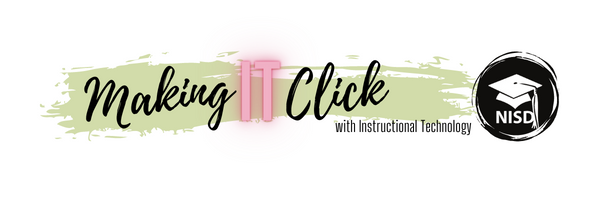 |
| Working on the Popplet Flow Map |
Owen, Kalynn, Mason, and Alliah had a lot to say about this experience. When asked what they learned throughout the project Kalynn's face lit up as she stated, "I learned that frogs actually live in land and in water." Owen quickly added, "And they need food. They need lots of crickets." Mason adds, "Did you know that frog's eggs look like eyes? They start as eggs and then turn into tadpoles." The group all agreed that their favorite part of the experience was taking pictures of their frog habitat and drawing each step on the iPad. They especially liked drawing the frog eggs and the tadpoles. They also enjoyed being able to use SeeSaw to explain their learning with voice over.
When asked what the most challenging part of the project was, Alliah comments, "I had a hard time drawing the water and finding the best picture of eggs to take from our book." At a young age these students are learning how to gather, organize and sequence their information. They are also able to explain their learning, and work together to create a published product.
When asked what the most challenging part of the project was, Alliah comments, "I had a hard time drawing the water and finding the best picture of eggs to take from our book." At a young age these students are learning how to gather, organize and sequence their information. They are also able to explain their learning, and work together to create a published product.
 |
| Students Take Pictures of Their Frog Habitat for Their Flow Map |
Primary Student ISTE Standards:
- 3C: Students curate information from digital resources using a variety of tools and methods to create collections of artifacts that demonstrate meaningful connections or conclusions.
- 6B: Students create original works or responsibly repurpose or remix digital resources into new creations.
- 6C: Students communicate complex ideas clearly and effectively by creating or using a variety of digital objects such as visualizations, models or simulations.


No comments:
Post a Comment
Note: Only a member of this blog may post a comment.